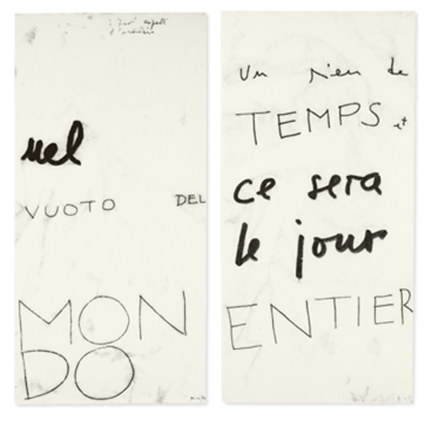Dust in the wind
The main value of material wealth lies in the fact that it meets the basic needs of our existence. The greater the wealth, the greater the access, the level of comfort and the quality we can ensure to our health, food, housing and education (the latter in its three dimensions: personal, social and cultural). Therefore it is natural to imagine that material and socio-cultural enrichment should go hand in hand.
In a not too distant past, as it broadened its purchasing power, the rising bourgeoisie sought to reproduce the aristocratic way of life, in which it perceived a distinctive quality. The aspiration was not limited to material goods: much more than to objects, it aspired to a certain way of being and behaving, perceived as more beautiful, elegant and pleasurable. To attend operas and soirées, to sponsor art production or to have the best tutors for their children were, for the bourgeoisie, desires as strong as to wear French fabrics or to show off German crystals. Rather than allowing for the acquisition of objects, material enrichment was sought for its access to a much valued universe of knowledge, culture and information.
In a significant portion of rising classes in contemporary society, however, we curiously observe a rather distinct behavior. Today we see people increasing their financial possibilities and, consequently, the sizes of their cars and homes, enhancing health and body care, sophisticating food and drink at the table, multiplying the clothes in the closet … but there seems to be no concern, for a great part of these people, with the elevation of their level of education and culture. Material enrichment appears to have a goal in itself – to obtain things which are materially richer. As a result, we see an increasingly brutish, mean and arrogant society, in which people who know by heart the names of the most sophisticated brands of clothes and cars cannot cite even one significant name in the arts or literature. They communicate through poor vocabulary (if not vulgar), and are incapable of a nice gesture.
Education and culture are a means to reflect on our existence, to build, discuss and convey values, and to raise awareness about ourselves, each other, and the world. They allow us to refine our senses and sharpen our perception, enabling us to see and appreciate the beauty – of an artwork, a thought or an attitude; they also allow feelings like kindness, gentleness and solidarity to bloom in relationships, making them loving and constructive; they also place us in a historical perspective, enabling the development of a critical look and the strengthening of universal values like truth, freedom and equality.
By itself, material wealth is like dust in the wind – it has no value whatsoever. Only through education and culture we can become better people – capable, then, of building a better, more enjoyable and pleasurable society to live in.


